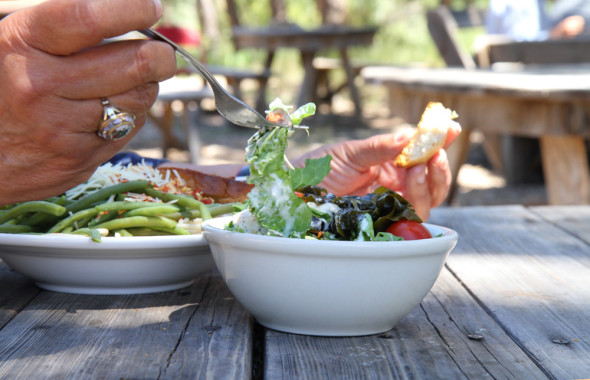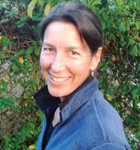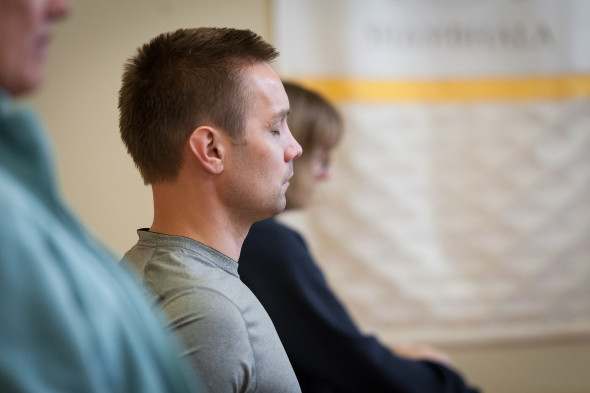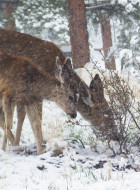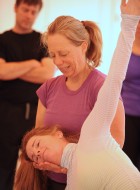By Megan Feldman Bettencourt
The following is excerpted from Triumph of the Heart: Forgiveness in an Unforgiving World
Why the link between spirituality and forgiveness? One argument is that if you believe you’ll be rewarded for behaving virtuously, either in the afterlife, as Christians and Muslims believe, or in subsequent lives on earth and via karma (you reap what you sow), as Buddhists believe, you may be more likely to adhere to a certain moral code. Another assertion is that when you’re conscious of mortality on a daily basis, life becomes more precious, allowing petty divisions to fall away. The Tibetan Book of Living and Dying, by Sogyal Rinpoche, became a runaway bestseller in the West by highlighting the importance of contemplating death: When you avoid coming to terms with your mortality, he argued, you live in a state of denial and take most things for granted. In contrast, a constant awareness of death infuses each day with a sense of the sacred, of being fully awake and alive. As Buddhist nun Pema Chödrön says, “If death is certain but the time of death is uncertain, what is the most important thing?”
Yet there’s a distinction between religious dogma and personal practices. While people like Azim and Karen use practices that are related to broader religious teachings, the practices themselves are very private. Azim didn’t forgive because of a Sufi dictate, he did it because he sensed it would bring him peace, and because his lifelong meditation habit gave him the inner strength to follow through. And while Karen’s chosen route to recovery, AA, refers to God and has origins in Christianity, it isn’t affiliated with any particular religious doctrine. This distinction is meaningful, because while forgiveness is featured in many religions, the people I met were not all religious—but most were spiritual. The difference? The Latin origin of the word “religion,” religio, refers to belief in a supernatural God and institutionalized ways of worshiping that God. The origin of “spirituality,” spiritualis, is more identified with the human spirit itself, based on the word spiritu, for breathing or wind. It’s more personal and doesn’t require belief in an external deity or public participation in institutionalized religion. This approach is becoming increasingly common in the West, where polls show that more and more people describe themselves as spiritual, not religious.
 From TRIUMPH OF THE HEART: Forgiveness in an Unforgiving World by Megan Feldman Bettencourt. To be published on August 11, 2015 by Hudson Street Press, an imprint of Penguin Publishing Group, a division of Penguin Random House LLC. Copyright © 2015 by Megan Feldman.
From TRIUMPH OF THE HEART: Forgiveness in an Unforgiving World by Megan Feldman Bettencourt. To be published on August 11, 2015 by Hudson Street Press, an imprint of Penguin Publishing Group, a division of Penguin Random House LLC. Copyright © 2015 by Megan Feldman.
~~~
 Megan Feldman Bettencourt is an award-winning writer. She began her career as a Central America-based freelancer and earned a master’s degree from the Columbia University Graduate School of Journalism in New York. Megan’s features have appeared in magazines such as Glamour, Details, and 5280: The Denver Magazine, and in newspapers including Newsday and the Dallas Observer.
Megan Feldman Bettencourt is an award-winning writer. She began her career as a Central America-based freelancer and earned a master’s degree from the Columbia University Graduate School of Journalism in New York. Megan’s features have appeared in magazines such as Glamour, Details, and 5280: The Denver Magazine, and in newspapers including Newsday and the Dallas Observer.





